With decentralized applications (DApps), it is no longer necessary to go through a company or a single authority to connect with the people or the goods and services that you need. There is not a single entity that controls DApps; it is decentralized, private, and highly secure. So what are DApps? Are there any pros and cons? Let’s discover all about DApps in the article below!
What are Decentralized Applications (DApps)?
Decentralized applications (DApps), are applications written in open-source software that is intended to run on peer-to-peer blockchain networks rather than on centralized servers. You can simply understand that DApps are similar to web or mobile software applications but support the P2P model, and run on decentralized networks.

Due to the decentralized nature of a DApp, once one developer releases the codebase for a DApp, other developers continually improved and built upon it. This application removes the control of a single authority. A DApp can be used to create various types of applications, like decentralized finance, web browsing, games, and social media.

Read more: Introduction to Cryptocurrency: Roles, Storage, Transactions
Features of DApps
Some of the main features that make DApps stand out are:
Open Source
In closed-source applications, final users must trust the application developers on a decentralized basis, because they can’t directly access the data through any central source. Therefore, there are always potential risks for users while using closed-source applications.

In contrast, a DApp is an open-source and decentralized application. DApps create a new structure for business activities as they allow all network participants to follow what is happening instead of just an individual. They are implemented through user autonomy, and any changes to the DApp are made by consensus of the user community.
Decentralized Consensus
Most decentralized apps run on a peer-to-peer (P2P) model, which means that nodes are directly linked to each other. In a DApp, a transaction is made through a consensus mechanism, which means that if the majority of nodes agree with the transaction, it will be executed and gets processed.

Additionally, validators of the network will receive an incentive reward in the form of cryptographic tokens.
Decentralization
The DApp’s level of decentralization is exceptionally high because of the fact that it is distributed and does not run on a single server. DApps allow the data stored in them to be decentralized across all of the nodes of the network. These nodes are independent of each other. In case one node fails, the other nodes will not be affected and will still run on the network.
How do DApps work?
DApps are stored and run on a blockchain system, commonly using Ethereum. In order to access the application, cryptographic tokens are used to verify the application’s access.
DApps are comparable to traditional applications because the code used to render a web page is the same on both front ends. While traditional applications are supported by centralized servers, DApps are backed by smart contracts hosted on a blockchain.
Smart contracts serve as intermediaries for transactions and enforce rules that are written in code. The DApp is created with the assistance of a smart contract system. Smart contracts run on a ledger of data stored in blocks. Each block of data is linked and governed by authentication via cryptography.
By using decentralized blockchain and smart contracts, DApps can be applied to almost anything, such as web browsing, social media, gaming, cryptocurrency wallets, and so on.
Advantages and Drawbacks of DApps
Advantages
- Privacy: The ability to protect user privacy in a DApp is one of the biggest advantages. Accordingly, you do not need to provide personal information to access the functions of the application. Instead, DApps use smart contracts to complete transactions between two parties anonymously.
- Autonomy: Once a DApp has been set up, it can be operated independently by the community of users themselves, without the intervention of any third parties. This means that decentralized applications do not depend on decentralized entities to make decisions or make changes.
- Guaranteed data integrity: The consensus algorithms in the blockchain make it very hard, if not impossible, to change or tamper with the data that has already been put in.
- No downtime: When a smart contract is deployed on the blockchain, the network can always serve the parties that want to interact with the contract. Therefore, hackers are unable to attack to disrupt services for individual DApps.

Drawbacks
Decentralized applications are still in the early stages so it still has limitations such as:
- Scalability: Some people have doubts about whether these kinds of applications can grow as well as centralized networks. Launching DApps takes a lot of computer resources, so it can cause serious and frequent network congestion. At the moment, the average network can only handle about 10-15 transactions per second. If transactions are sent faster than this, the number of transactions that haven’t been confirmed can quickly skyrocket.
- Hacker: As more DApps use smart contracts that are open source, hackers have more chances to look at the code and check networks for weak spots. This led to a series of hacks on popular DApps.
- Difficult to maintain: Another drawback of DApps is that it is impossible to edit the data and code that has been published on the blockchain. This makes it difficult to make code modifications.

Some Examples of Decentralized Applications
Peepeth
A social media platform supported by the Ethereum blockchain. The app encourages mindful online and offline user interaction and lets them control their digital assets easily and securely in the blockchain.
TraceDonate
TraceDonate is a donation platform supported by blockchain technology that offers end-to-end transparency. It connects charities with donors, creating clear and transparent transactions. All money can be tracked through digital wallets.

Cryptokitties
As a Play to Earn game, CryptoKitties has become one of the most popular DApps on the Ethereum blockchain. Players can breed and collect virtual cats in exchange for in-game tokens or trade for real-world currency.
Read also: What is CELO Coin? Full focus on virtual currency CELO
Conclusion
The benefits of decentralization are certainly attracting the attention of companies and investors. They want to take advantage of the next step in app development to make apps that give users more value and protect their personal data. So, we can expect that decentralized applications (DApps) will become an alternative solution to traditional apps as blockchain technology continues to grow and show how it can help society in many ways.
Disclaimer: The information in this article is not investment advice from CryptoChill. Cryptocurrency investment activities are not recognized and protected by the laws of some countries. Cryptocurrencies always carry many financial risks. Do your own research before making any investment decisions based on this website’s information.




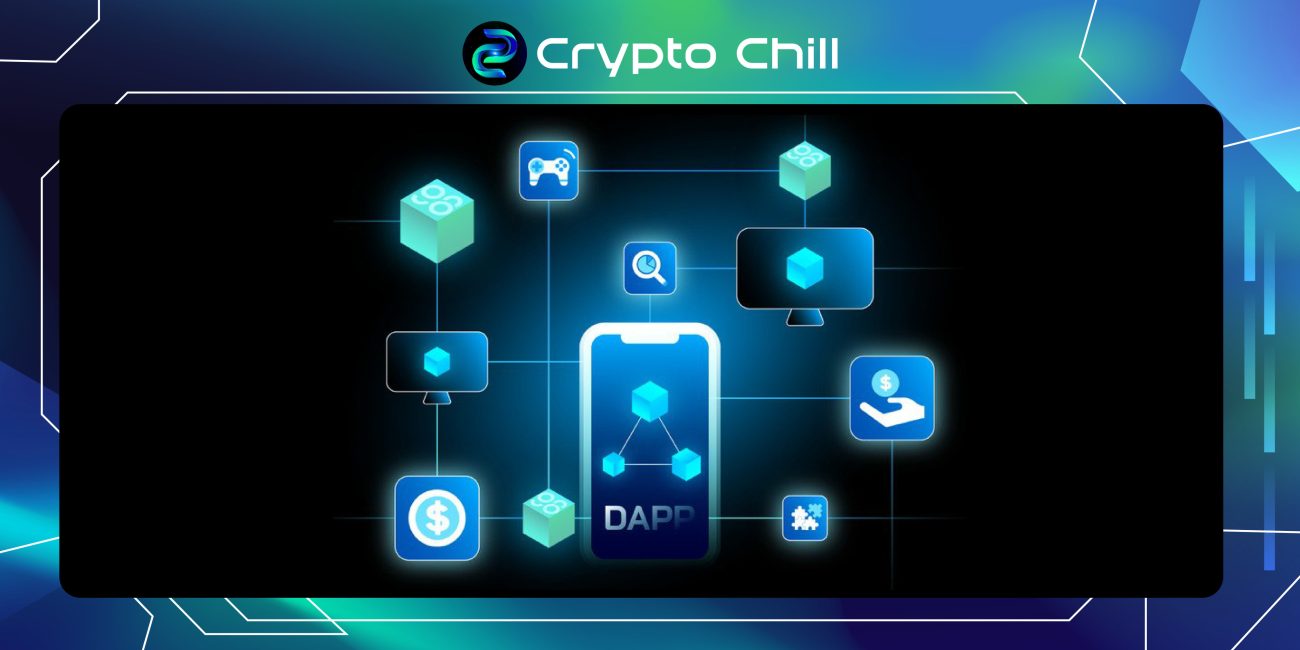
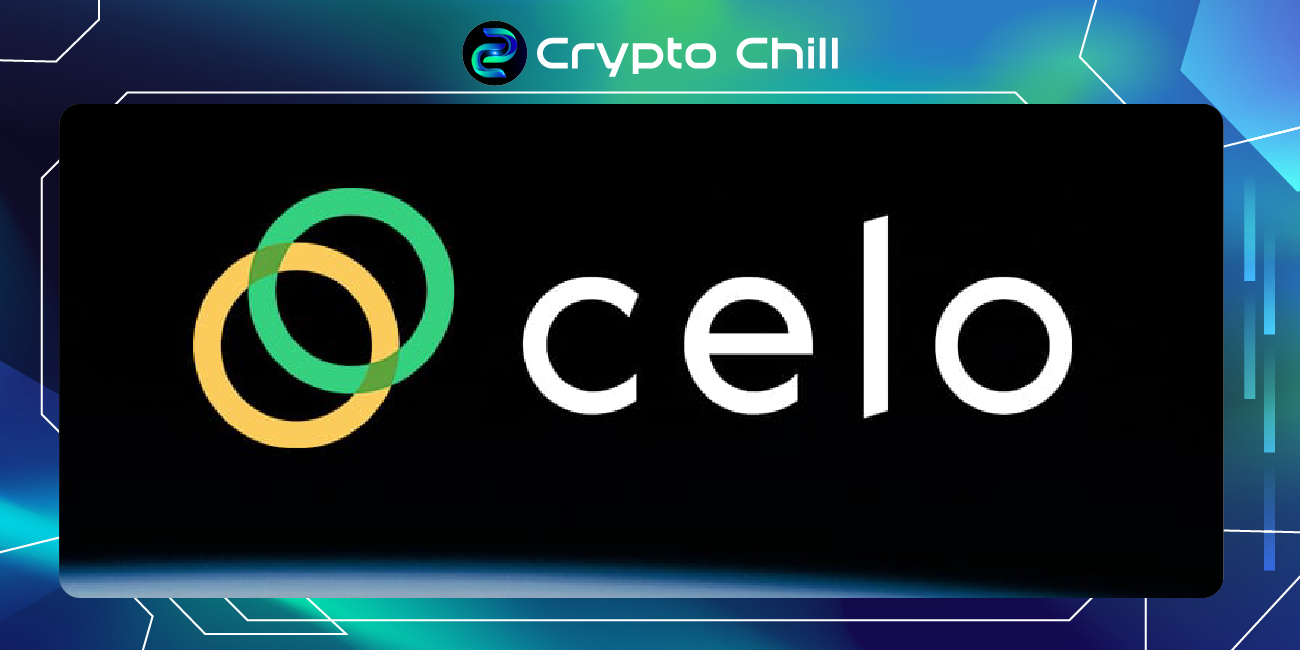

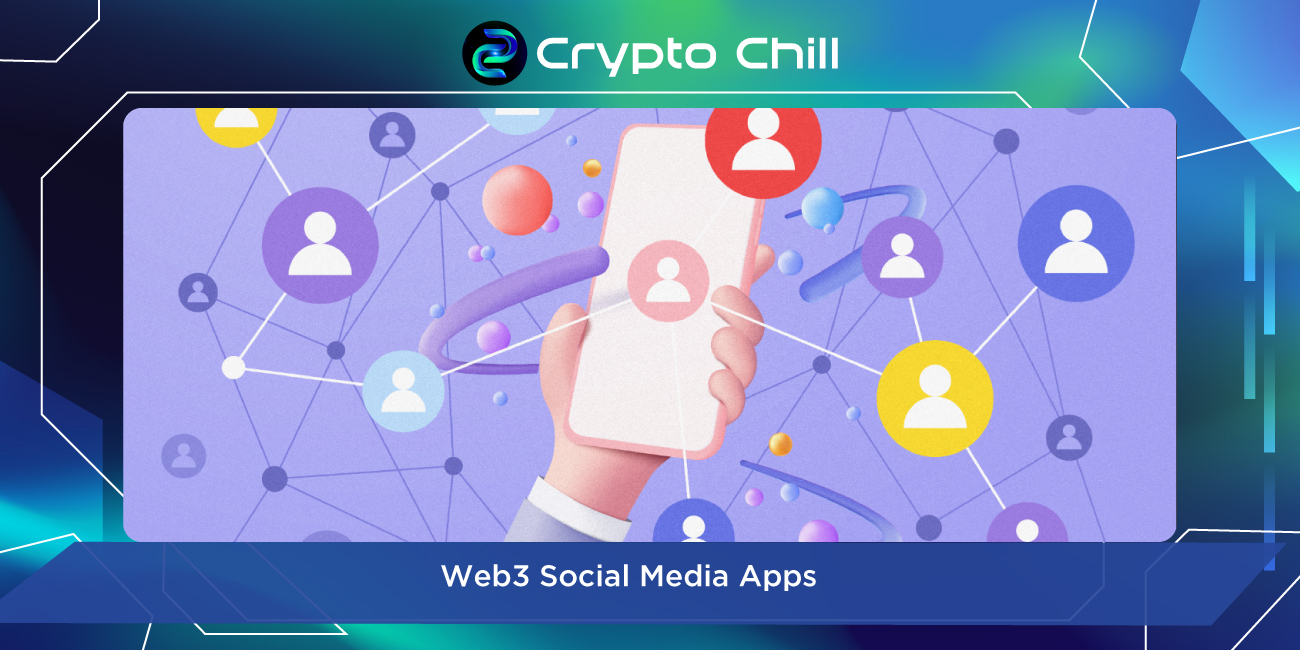

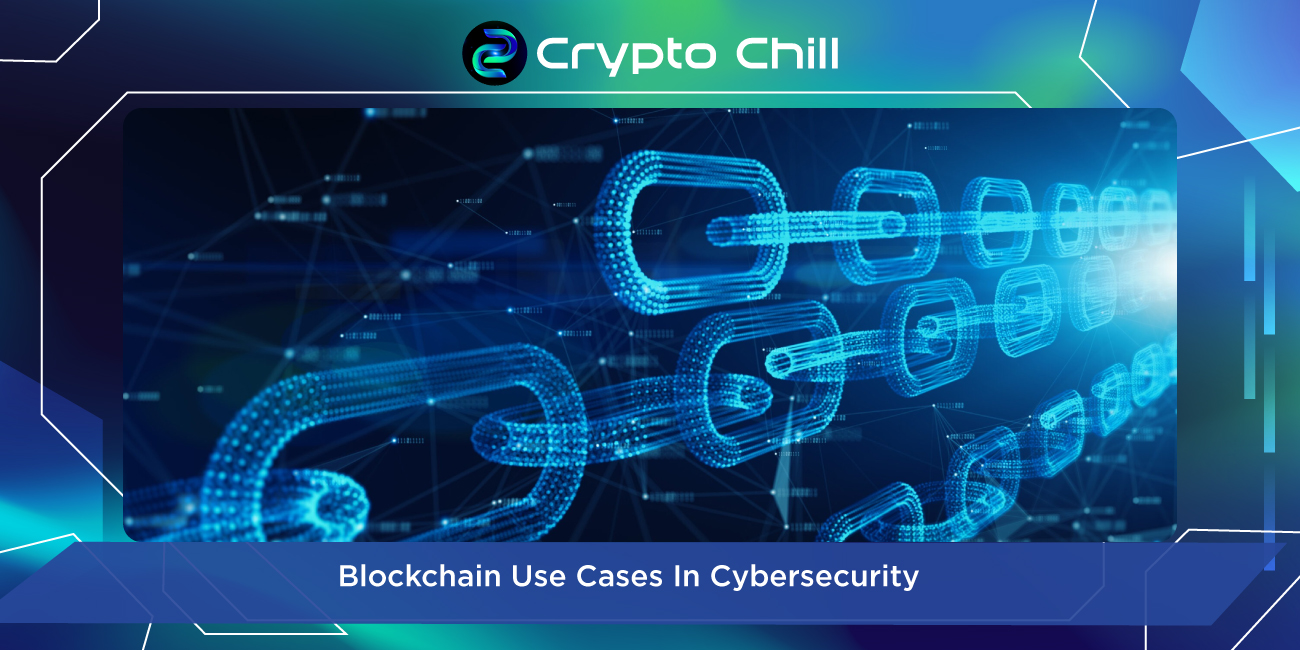
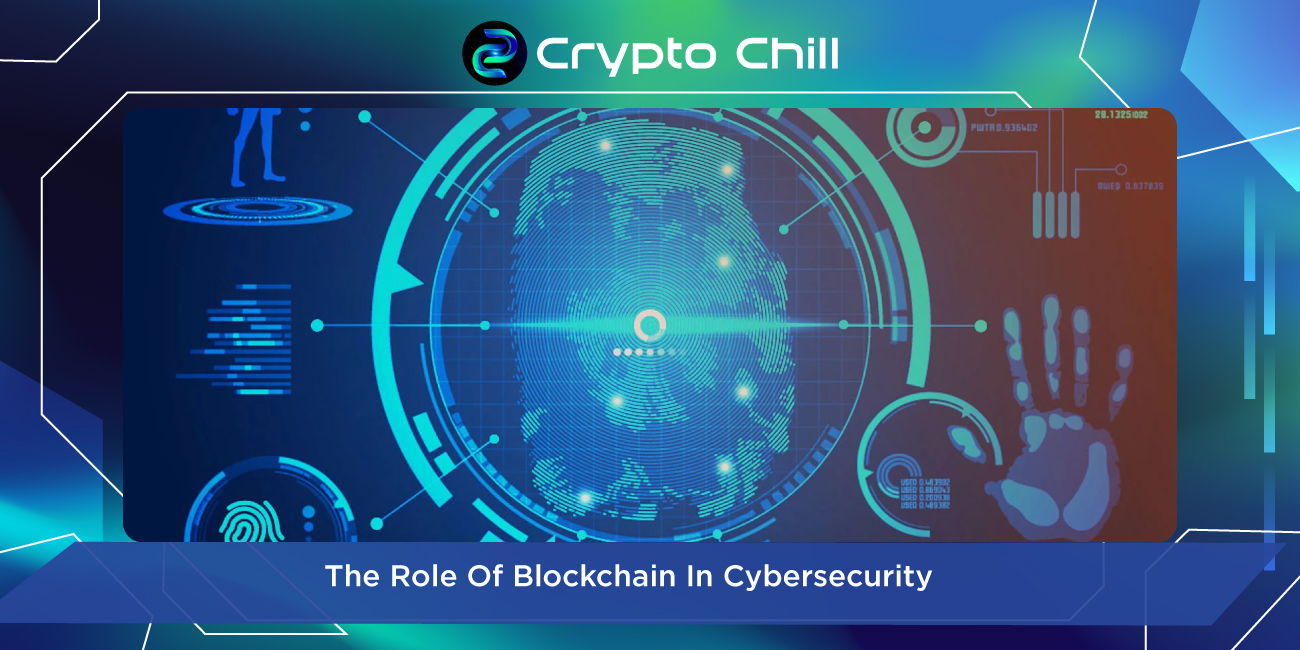
No Comment! Be the first one.